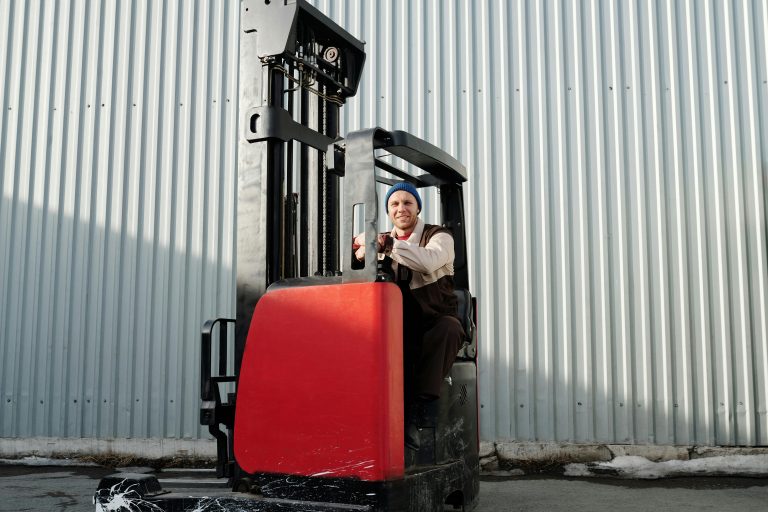For the longest time, teaching in the classroom was set to a particular model. It would often be top-down, with teachers imparting to a hopefully not too passive class. A large part of learning was done by memorization, and tests were geared towards knowing facts as opposed to understanding concepts and problem-solving.
However, the last few decades have seen a shift in how we approach education. We’ve moved from learning by rote to placing more emphasis on understanding meaning and improving skills. This change in the aim of education, along with advances in technology, has had a profound effect on not only what we teach but how we teach. In a few short decades, we’ve seen the class go from being teaching-centric to learning-centric.
Classroom design
Symmetrical row upon row of tables all facing the front of the room where the teacher was placed used to be standard. That has recently changed with classroom design and furniture, reflecting more collaborative approaches to learning. Modular tables can be rearranged quickly to suit classes when students need to work together more than focusing at the front of the class. They can be height adjustable too so students can work either standing or sitting. Whiteboards, pinboards, or even glass screens can be placed around the classroom, often replacing wall types. In many ways, the modern classroom is much more dynamic.
The effects of COVID-19

Even before COVID-19, technology had been rapidly changing classrooms and how people chose to learn. Many schools had already implemented some form of online integration into their classes. That could have been used as administrative tools but has recently become much more educational with homework being issued via school portals. Reference material is also now regularly posted online, ending the need for students to ask others constantly what was studied in class.
COVID-19 has accelerated the need for online learning. Many schools around the world are now contemplating to what degree online learning will play a part in their school year. It’s currently the question of how much more time students will spend learning from home. Many schools are considering a hybrid form of education with some school time and some distance learning. Parents are preparing homes for children to spend more hours learning from home.
In the short term, until we have COVID–19 under control, meaning we have a vaccine, schools have to be rendered safer. Many solutions have been put forward and are being implemented. There are now stronger screening measures before students are allowed into the school or university premises. Classes have staggered with some people in and some people taking classes at home; this has allowed social distancing to be followed in schools and universities.
The way we approached schooling was already changing. Not only had we turned our educational philosophy, but we also had the technology to improve the teaching system radically. COVID–19 has accelerated the need to change the education landscape, but we should be wary. It is by no means certain that we can adequately educate people remotely. Collaboration and social interaction are experiences we value highly; some would even say they are necessary to create good societies. There will come a time after COVID–19 when we will need to get students back together in the classroom.





